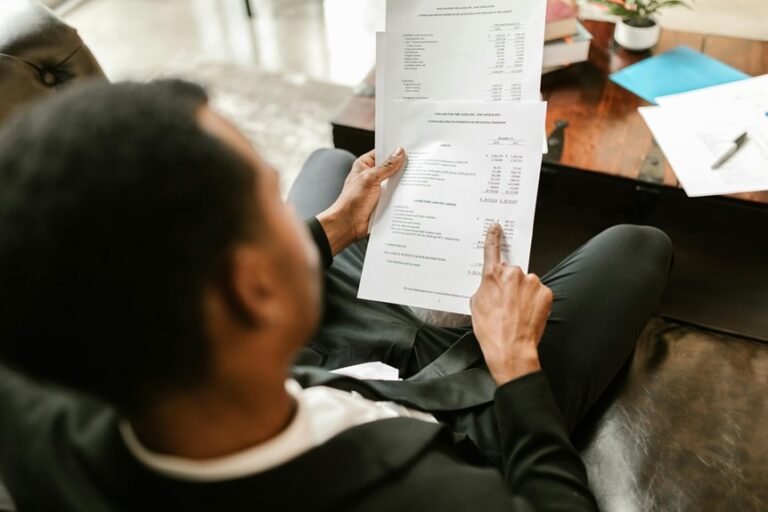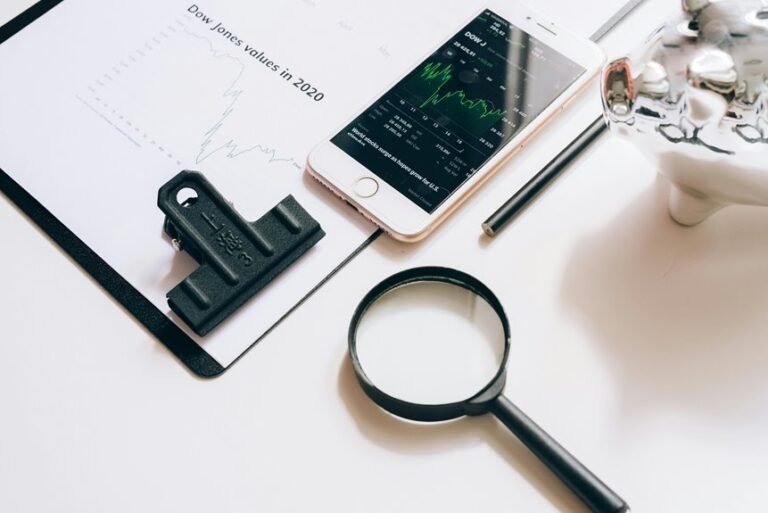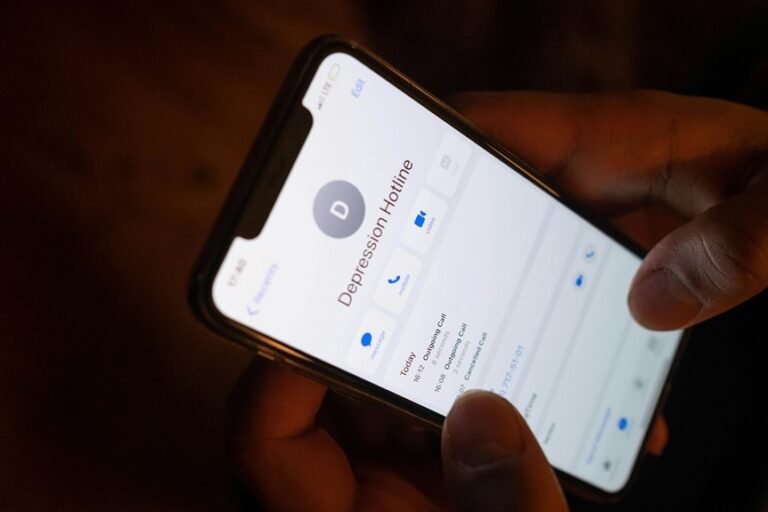Called by Scam? Verify Now! 5092436984, 5092558502, 5092578288, 5092660829, 5092697831, and 5093204369
The numbers 5092436984, 5092558502, 5092578288, 5092660829, 5092697831, and 5093204369 have surfaced in various discussions regarding potential scams. Many individuals report suspicious interactions linked to these digits. Analyzing their patterns can reveal underlying tactics employed by scammers. However, the question remains: how can one effectively discern legitimacy from deceit? Understanding the indicators of a scam is crucial in this digital age. What steps should one take next?
Identifying Potential Scams: What to Look For
When individuals receive unsolicited calls, they should remain vigilant, as various indicators may suggest a potential scam. Notably, unusual caller behavior, such as high-pressure tactics or vague information, can raise red flags.
Additionally, discrepancies in the caller’s identity or reluctance to provide details further signal possible deception. Recognizing these scam indicators empowers individuals to safeguard their personal information and maintain their autonomy.
Resources for Verifying Unknown Numbers
Numerous resources are available for individuals seeking to verify unknown phone numbers and determine their legitimacy.
Online resources such as reverse phone lookup services, community forums, and dedicated scam reporting websites facilitate effective number verification.
Users can cross-reference information, read experiences from others, and access databases that track fraudulent activities, empowering them to make informed decisions and protect their privacy.
Tips for Protecting Yourself From Phone Scams
Although many individuals may recognize the prevalence of phone scams, they often overlook specific strategies that can significantly enhance their protection.
To foster scam awareness, individuals should cultivate personal vigilance by verifying caller identities, utilizing call-blocking technologies, and educating themselves about common tactics employed by scammers.
Adopting these proactive measures can empower individuals to safeguard their personal information effectively, reducing vulnerability to deceitful schemes.
Conclusion
In the labyrinth of telephone calls, where shadows of deceit lurk behind seemingly innocent numbers, vigilance becomes one’s guiding light. As individuals navigate the murky waters of unsolicited communications, they must arm themselves with knowledge and resources. By scrutinizing each call with a discerning eye, they can unveil the truth hidden beneath layers of ambiguity. Ultimately, the power lies in their hands to safeguard their personal realm against the siren calls of scams that seek to ensnare the unwary.






